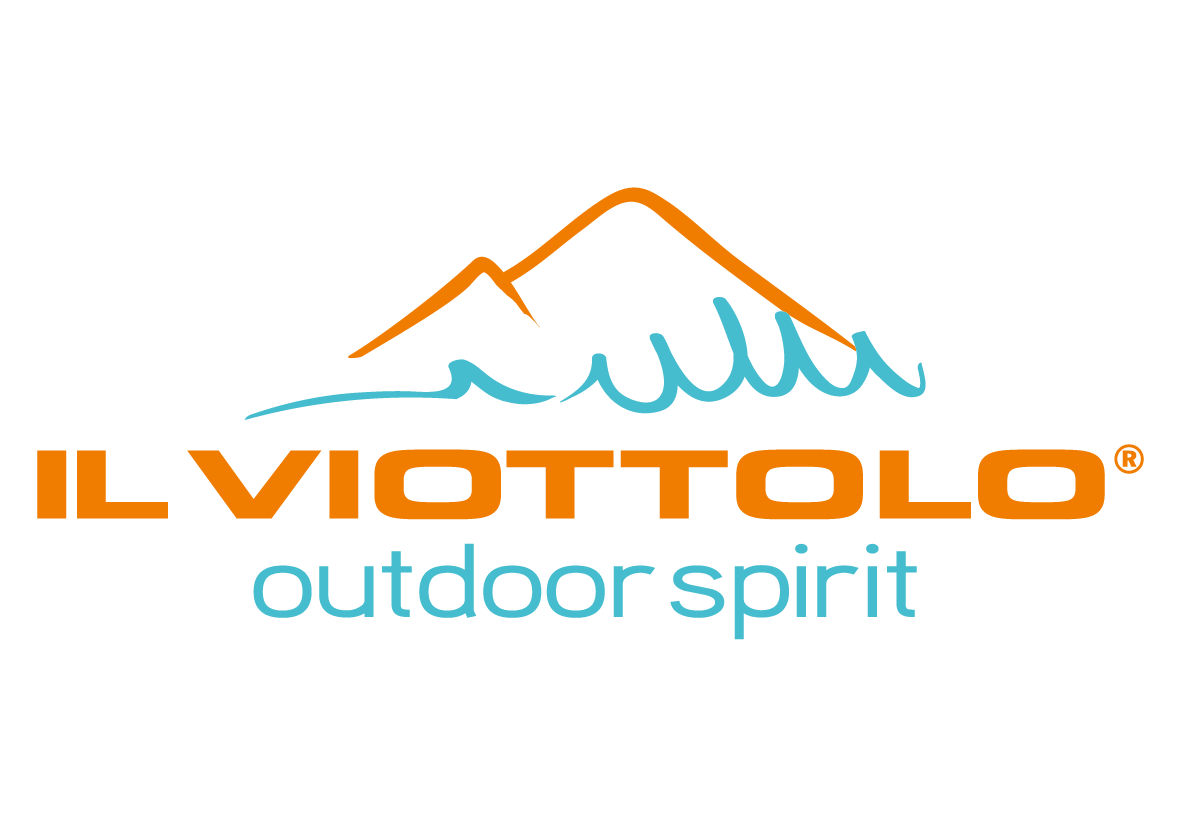Pianosa, the closest island to Elba, is only 7 miles off Fetovaia’s point and can be reached from Marina di Campo harbour in about 1 hour of navigation.
It is also the warmest and brightest island of the Tuscan Archipelago, plus, as its name implies, it is indeed totally flat.
The island bears a surreal resemblance of a huge raft made out of white shells; and with a perimeter of 19 Km and an average height of about 20 m.a.s.l., can be defined geologically, as a platform of marine sediments a few meters above the sea level. It is actually so flat that the sea can only be seen when looking out from the coast or from its 2 “elevations” standing a whole 28/29 mt. above sea level
Its quietness, colours, crystal clear sea, walls, rocks covered in fossils, the old prisons and spontaneous blooms are all elements characterizing Pianosa, but most of all, an “African” brightness is what really identifies this island. An place where thanks to its morphology, clouds rarely stop while the sun shines in every corner, from dawn to dusk.
From an historical and especially archaeological point of view this island has a lot to offer. Inhabited by man in the Paleolithic Age already, it holds prehistoric traces and important Roman ruins. The last 150 years of Pianosa history are related to the history of its prisons.
Pianosa has been uninhabited since its old jail was shut down in 1998: then, along the detainees, all guards and their families left the island together with the few civilians who lived there.
Pianosa holds a distressing charm related to the intriguing history of its imprisonment buildings; It has got a surreal look of a densely populated place that was suddenly abandoned; It has the peculiarity of a geological formation arisen from millions of marine fossils along magnificent Mediterranean blooms, and finally, it features a strong wild nature that seems to be taking over the island with its white and impervious cliffs, together with an absolutely clear sea that like a glass sheet, covers and enhances a wonderful seabed.
The island is under environmental protection by the Tuscan Archipelago National Park, visits are only allowed through guided excursions by foot, mountain bike, sea kayak or snorkeling.
FACTS:
Location: North Lat 42 ° 34 ‘- Long East 10 ° 05’
Land Area: 10.25 sq. Km.
Coastline length: 19 Km
Highest peak: 29 meters above sea level
Distance from Elba: 7 nautical miles
Distance from Montecristo: 17.5 nm
Distance from Corsica: 21.5 nm
Distance from the mainland: 31.8 nm
Morphology:
With an average height of about 20 meters and two small 29-meter elevations, this island is as flat as its name hints; it is also vaguely triangular in shape, with a narrower side facing North, that makes it reminiscent of a “steak”.
Geology:
Pianosa is made up entirely of sedimentary rocks, as it is essentially an outcropping of a large shallow-seafloor formed by an overlapping of limestone, marl, sandstone, conglomerates and shell-sand calcarenite.
Climate:
The lack of elevation means raining is rare while sunshine is intense; average temperatures are higher than Elba in all seasons.
Sea:
The light colour seabed makes the sea look extraordinarily limpid. A large shallow water platform surrounding the island, makes this spot one of the richest in marine life of the Mediterranean, this thanks also to a lack of exploitation by man both during its past prison days and today under the Park Authority protection.
Countryside:
Its morphology together with an abundance of fresh water from Pianosa’ s subsoil, have facilitated an agricultural utilization of the countryside which over its agricultural colony period used to cover three quarters of the island. Some traces of it can be still be found today along few cultivated plants.
Flora:
Vegetation in Pianosa is particularly lush due to the fertility of its land, abundance of water and an intense sunshine. The island is characterized mainly by Mediterranean scrub, whose grown has been conditioned over centuries by deforestation and plantations.
Nowadays, however, spontaneous plants are taking back their original land, giving rise to a new form of Mediterranean scrub complemented by plants introduced by man.
Along the coast, junipers and lentisks are common, some of them are old ones which used to be employed as a barrier to protect crops.
Rosemary is very common, so are myrtle and cistus.
The plants that most characterize such spectacular spring blooms on Pianosa are helichrysum, lavender, sea-birdsfoot trefoil, wallflowers and wild chrysanthemum.
Fauna:
Pianosa’ s fauna is distinguished by a wide quantity and variety of birds, both sedentary as well as migratory. The most likely encounters are with red partridges and pheasants, also very common are crows and turtledoves. There are numerous birds of prey, both diurnal and nocturnal. Along the coast, in addition to seagulls (Herring and Corsican), pretty common are European shags and shearwaters of both Yelkouan and Scopoli’s species, both nesting on the local Scola rock. During the warm season bee eaters and hoopoes are present.
Mammals are limited to hares, a few abandonment pet cats that survived and are now living as wild predators, and some rodents.
Among the reptiles, lizards are quite common, together with geckos and snakes.
But the real prosperity within Pianosa’ s fauna is actually in the sea, where plenty of fish live undisturbed: sea basses, snappers and sea breams of amazing sizes … Pianosa sea is also frequently visited by pods of dolphins.
